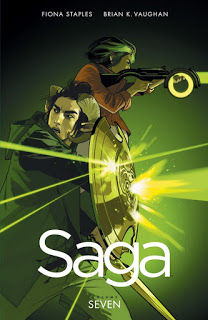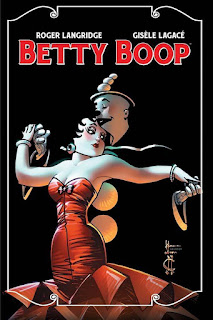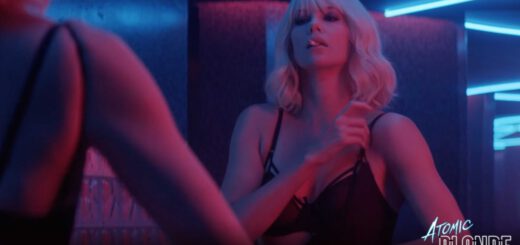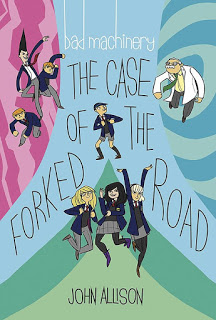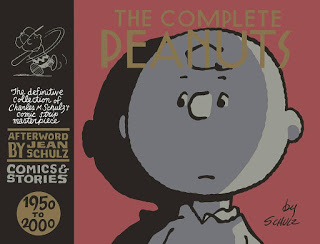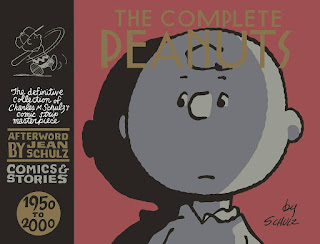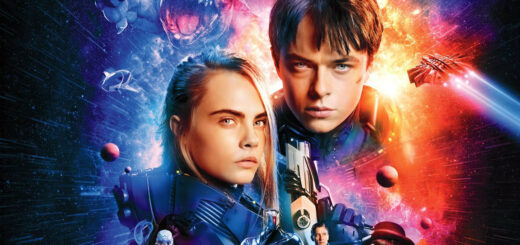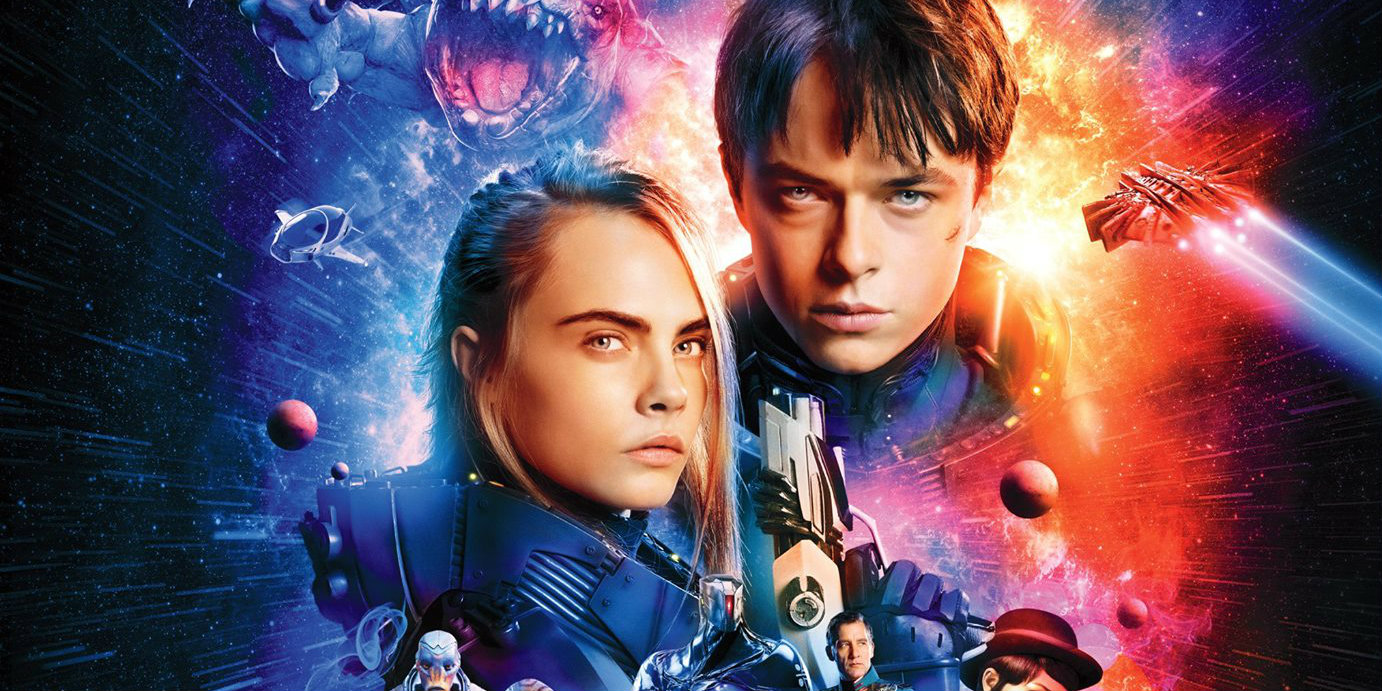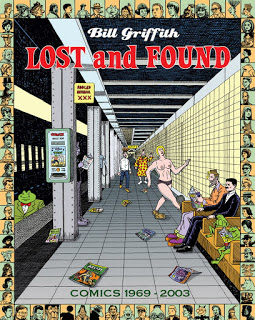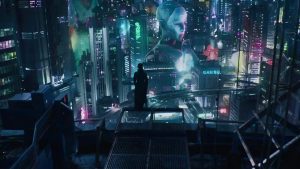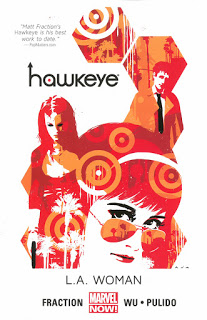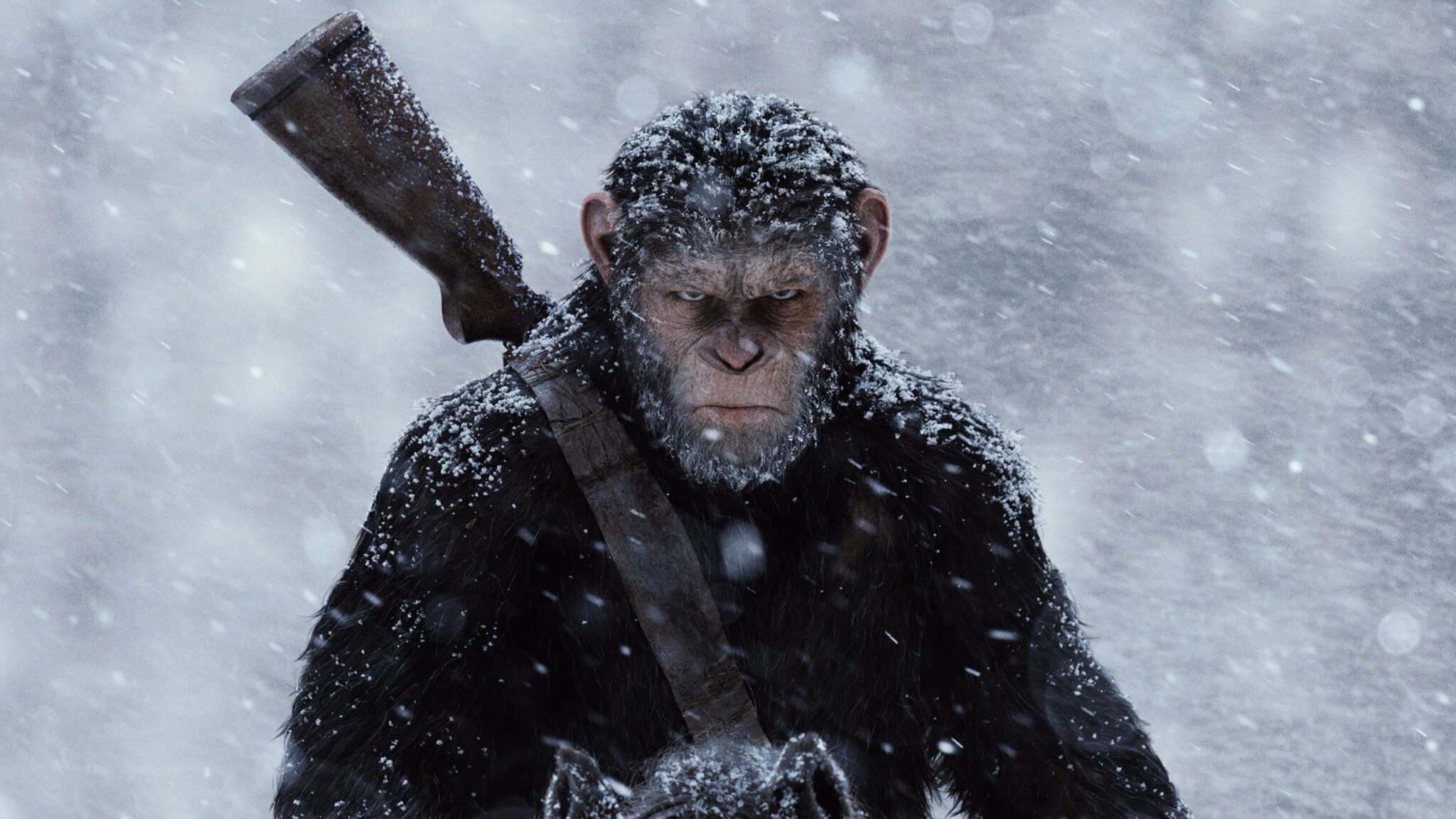Saga Volume Seven by Fiona Staples and Brian K. Vaughan
Trust is a tricky thing in stories: you have to trust the person telling the story will do a good job to keep rewarding that person with your attention.
Brian K. Vaughan had my trust and hugely lost it, in his Ex Machina series with artist Tony Harris, and I’ve been giving each of his projects the side-eye since then, watching to see if the same thing would recur. That’s probably not fair, and it might have made my posts on the earlier Saga books — volumes one , two , three , four, five , and six — less useful than they could be.
But there’s an essential tension in a standalone, ongoing comic book: is this one story, or is it a series of stories? Most comics tell several stories in a row: sometimes simply, with a story in each issue, and sometimes complexly, across dozens of issues of dozens of titles for two months to then abruptly stop and pick back up with the next big crossover. But Spider-Man or JLA or Marvel as a whole is not a story — they’re walls made up of separate but interconnected stories.
Saga, though, has always presented itself as a story. A story told by a grown-up Hazel, some time in the future, which presumably explains how she can tell us things that happened in secret far away to other people. A story with a single through-line: how this family got through a galactic war and (we hope) found peace. So we’re expecting more than just twenty-some pages of action each month; it all has to add up to the story of this family.
And the longer a story goes on, the bigger the ending has to be to suit it. (Ask George R.R. Martin.) With the issues collected in this Volume Seven , Saga is now forty-two issues long — that might be half of the whole, or more, or less. We don’t know. The debt of that ending is continuing to grow, and will grow until we get to it.
Is it a good sign or a bad one that this volume collects a complete arc, with a definitive shape? (Does that make it a story, or a chapter?) This is some of the strongest work in Saga since the beginning, as if Vaughan and artist Fiona Staples cracked their knuckles and said “OK, we got the family back together — now it’s time to fuck shit up.” That’s a good sign, whichever way you fall on the story question.
In the end, I think I land on a slightly different set of questions: is Saga still compelling? is it still moving in the same direction? does it seem to have not just a vector but real velocity on its path? are these people still real and true to themselves?
And, from these issues — or this chapter, or this Volume Seven, call it what you will — the answer to all of those questions is still yes. So I’m still on board, though I would like to have a sense of how big the story will be overall. All stories have to end, even the good ones. Even this one. Stories that don’t end aren’t stories, they’re just things that happened.
And I want Saga to be a story. It has the potential to be a great one.
![]()
![]()
Reposted from The Antick Musings of G.B.H. Hornswoggler, Gent.

